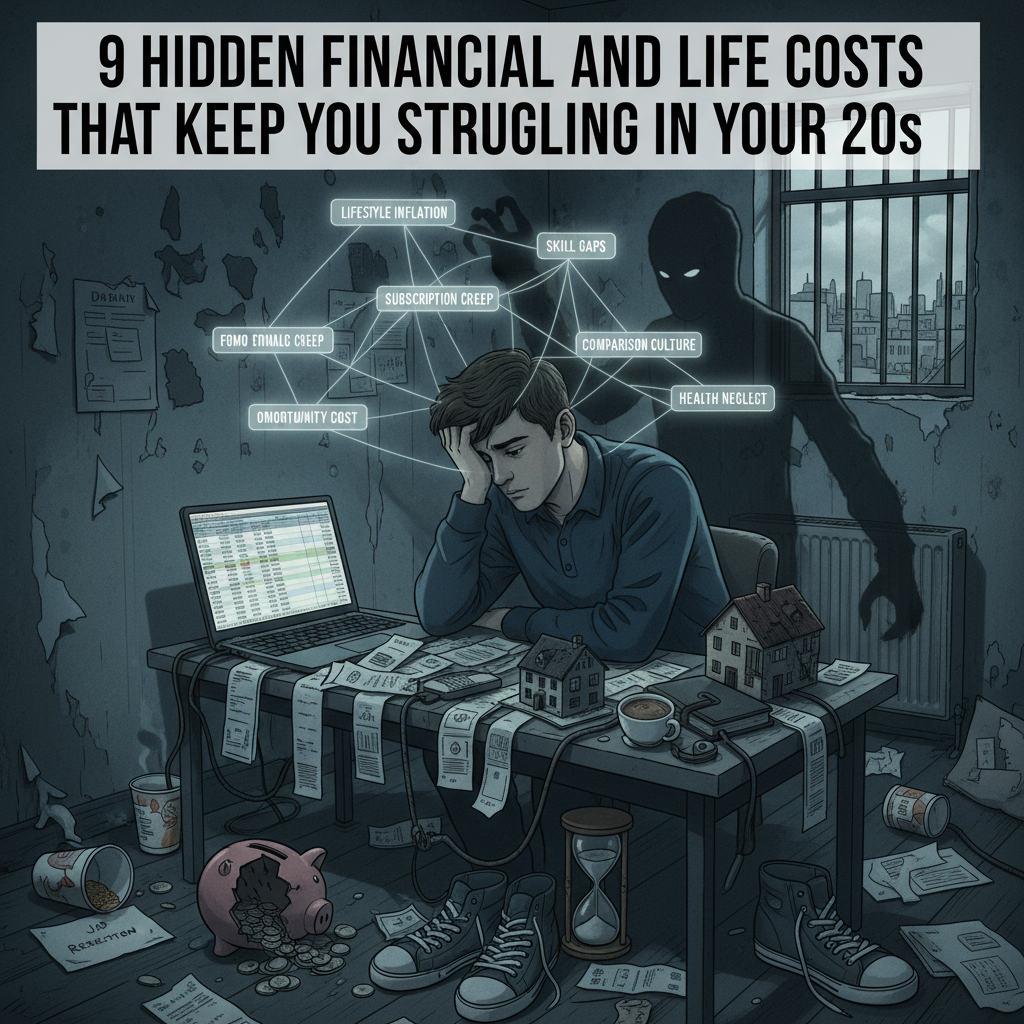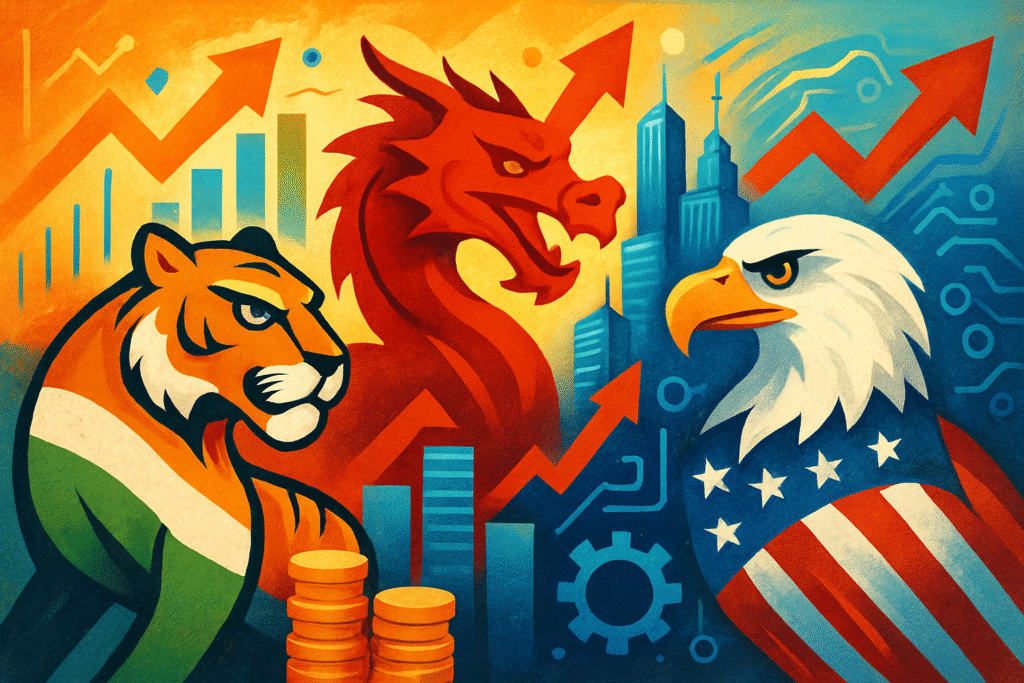Your twenties should be about freedom and exploration, but many fall into cycles of expensive mistakes without realizing. The video breaks down 9 hidden expenses silently draining your money, energy, and potential during this decade.
1. Cost of Risk
Many don’t know how to quantify risk, focusing only on growth, not the associated risks—whether with money, career, or relationships. In finance, alpha measures growth; beta measures risk. People are attracted to high returns like crypto but ignore how much it can fall. Similarly, leaving a stable job for a startup looks appealing, but 90% fail in the first year. Ignoring the cost of risk is a mistake.
2. Cost of Staying Miserable
Remaining in an unfulfilling job or relationship costs mental peace, health, and eventually more money. Research shows those unhappy at work spend more on weekends, entertainment, and unnecessary shopping to escape their reality. These are real costs that accumulate, often disguised as lifestyle choices.
3. Cost of Obligations
Cultural expectations increase expenses with family, friends, weddings, and social obligations. The more relationships and events one maintains, the more expenses pile up. Obligations extend to caring for aging parents, often becoming a significant financial responsibility.
4. Cost of Stagnation
The comfort zone can be costly, especially in an AI-driven world where jobs rapidly change or disappear. Failing to invest regularly in growth, skill-building, and networking puts future earning potential at risk. It is advised spending 5–10% of salary each month on learning, books, courses, and exposure to new ideas.
5. Cost of Status
Chasing status symbols (cars, branded items, vacations, expensive restaurants) to look successful leads to overspending, often supported by loans. This doesn’t improve real learning or growth, but creates financial pressure and negative net worth.
6. Cost of Comfort
Seeking stability and avoiding risk leads to missed opportunities—fear of failure paralyzes action. The comfort of not challenging oneself can quietly accumulate over time and force major resets if things change suddenly (such as layoffs). Even those repeatedly failing competitive exams may cling to the comfort of being a “fighter,” which is expensive in the long run.
7. Cost of Scarcity
Growing up with scarcity mindset (“money doesn’t grow on trees”) makes one avoid spending on self—even essentials. Scarcity leads to guilt when investing in skills or experiences, perpetuating personal limitations. This mindset results in living with broken phones, old shoes, and undervaluing one’s own time and well-being.
8. Cost of Middle-Classness
The belief that middle-class dreams (car, home, wedding, education) can only be achieved through debt keeps people perpetually under financial pressure. Taking loans for everything, trapped by monthly salaries, turns income into chains rather than freedom.
9. Cost of Settling
Society pushes rapid “settling”—completing education, marriage, home-buying, and parenthood by societal timelines. This rush stifles exploration, learning, and following true passions, leading to long-term regrets about missed opportunities and unfulfilled dreams.
Conclusion
These costs, in one form or another, are paid by most people in their 20s. The challenge is whether you will pay them unconsciously or intentionally invest your time, money, and energy elsewhere.


